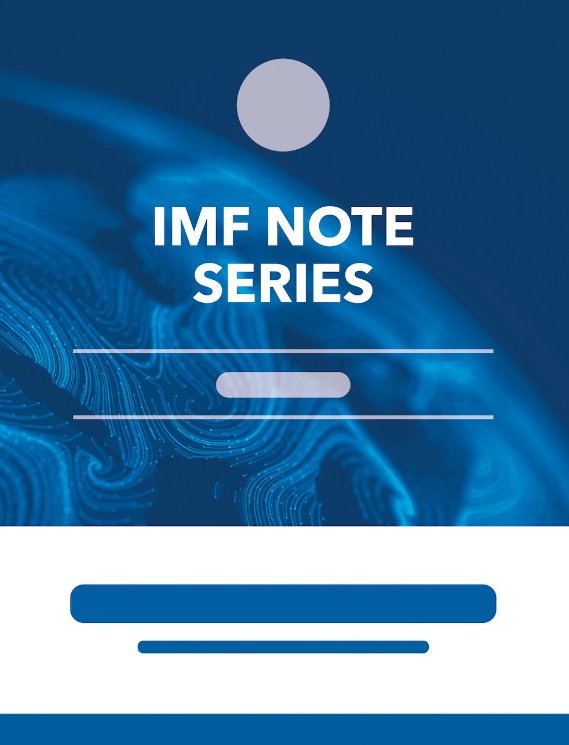What Type of Contracts Underlie Aggregate Wage Dynamics?
May 1, 1997
Disclaimer: This Working Paper should not be reported as representing the views of the IMF.The views expressed in this Working Paper are those of the author(s) and do not necessarily represent those of the IMF or IMF policy. Working Papers describe research in progress by the author(s) and are published to elicit comments and to further debate
Summary
This paper shows that it is possible to estimate the importance of different types of wage contracts at the aggregate level using the same data used to estimate standard Phillips curves. It finds that the behavior of the Chilean private aggregate wage during the 1980s is well described by two-year contracts that are revised every six months according to 100 percent of past inflation. The estimates also show that the unemployment rate was a strong determinant of the contract’s target real wage and that most wage negotiations were carried through during the first half of every year. The results prove robust to a variety of tests and fit the data better than standard Phillips curves.
Subject: Inflation, Labor, Prices, Real wages, Wage adjustments, Wage bargaining, Wages
Keywords: aggregate wage, Chile, contract structure, Contracts, contracts type, government wage policy, Inflation, Phillips curve, Real wages, Wage adjustments, Wage bargaining, wage contract, wage negotiations, Wages, WP
Pages:
29
Volume:
1997
DOI:
Issue:
067
Series:
Working Paper No. 1997/067
Stock No:
WPIEA0671997
ISBN:
9781451961621
ISSN:
1018-5941





